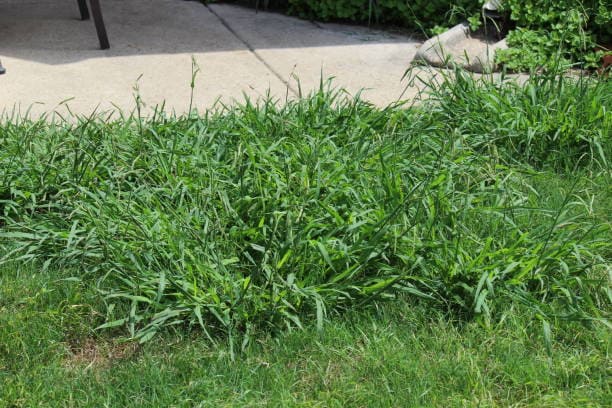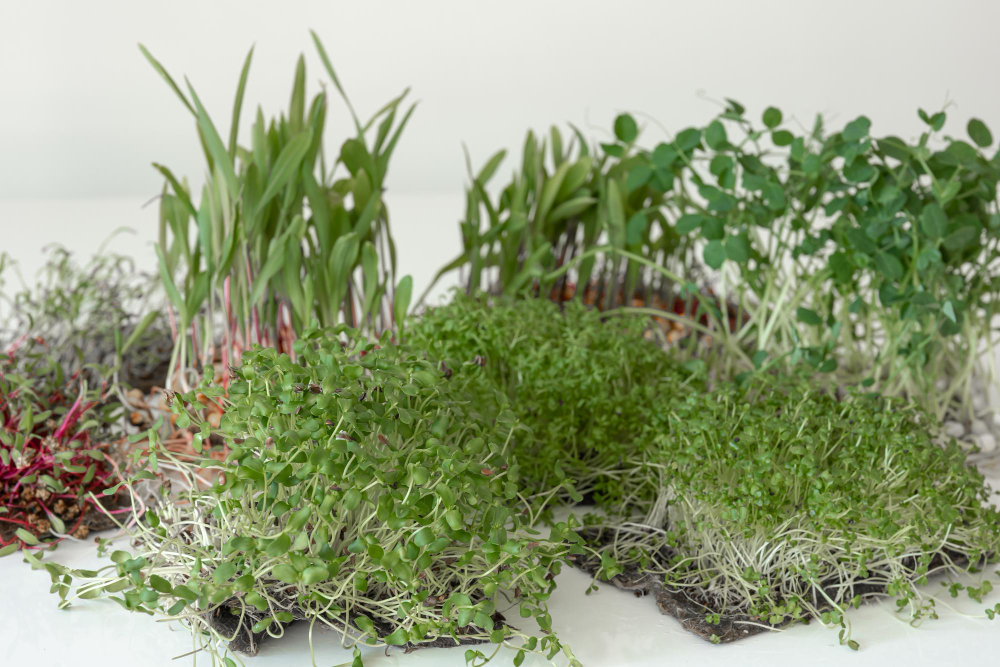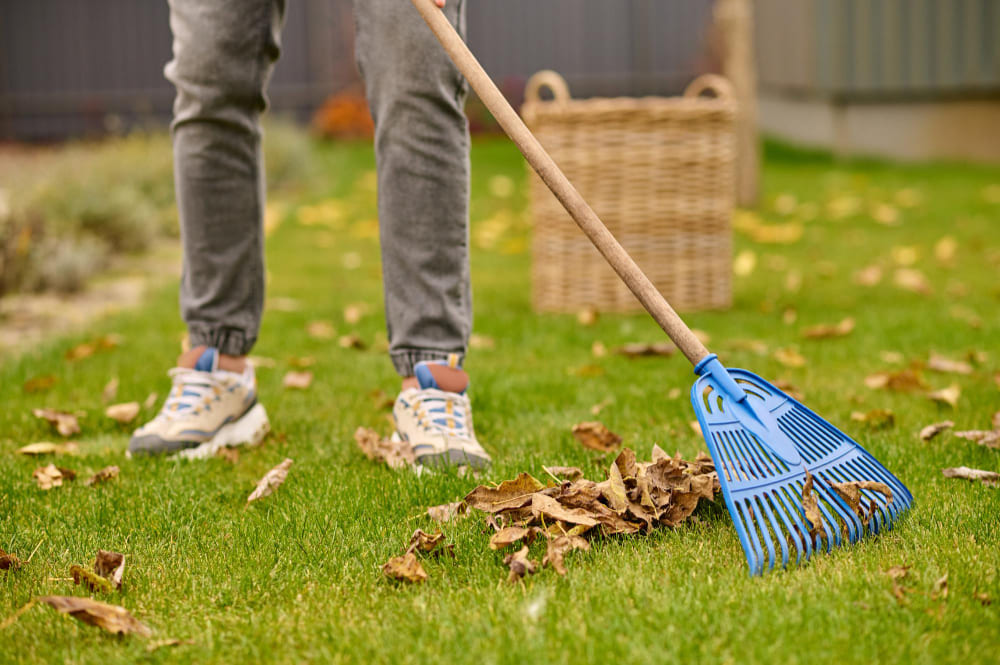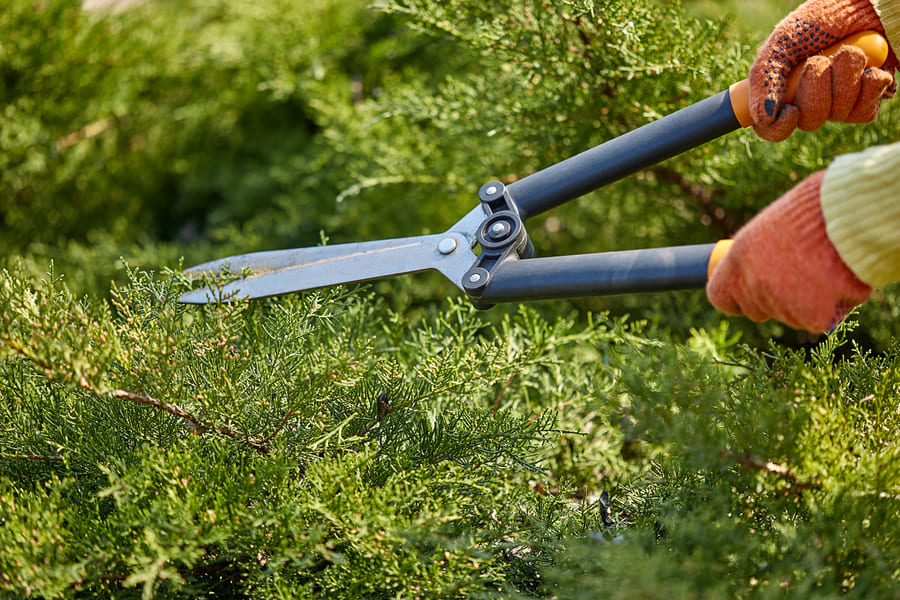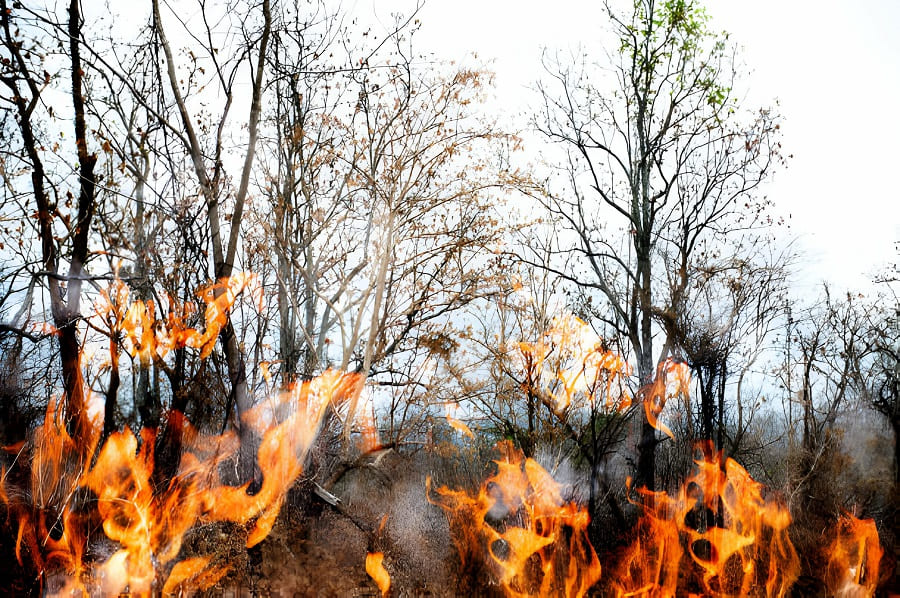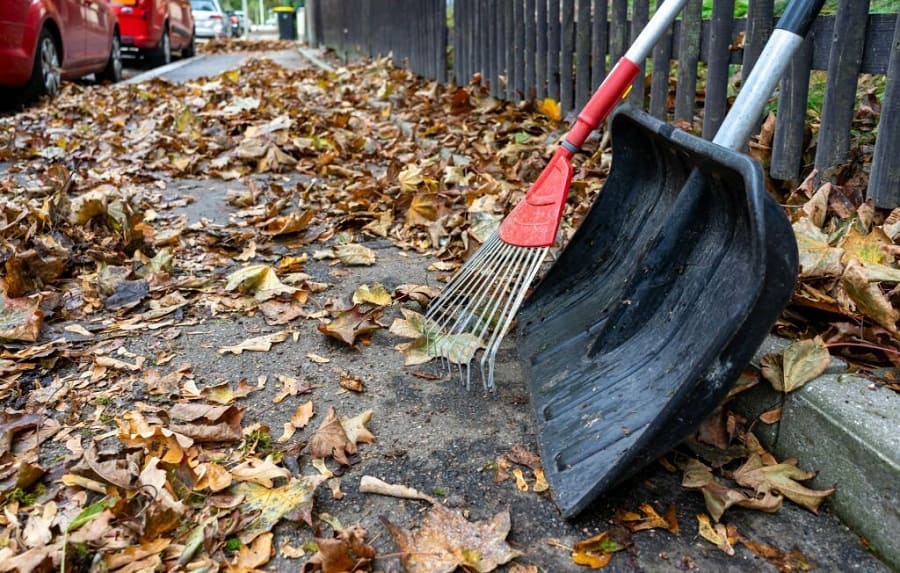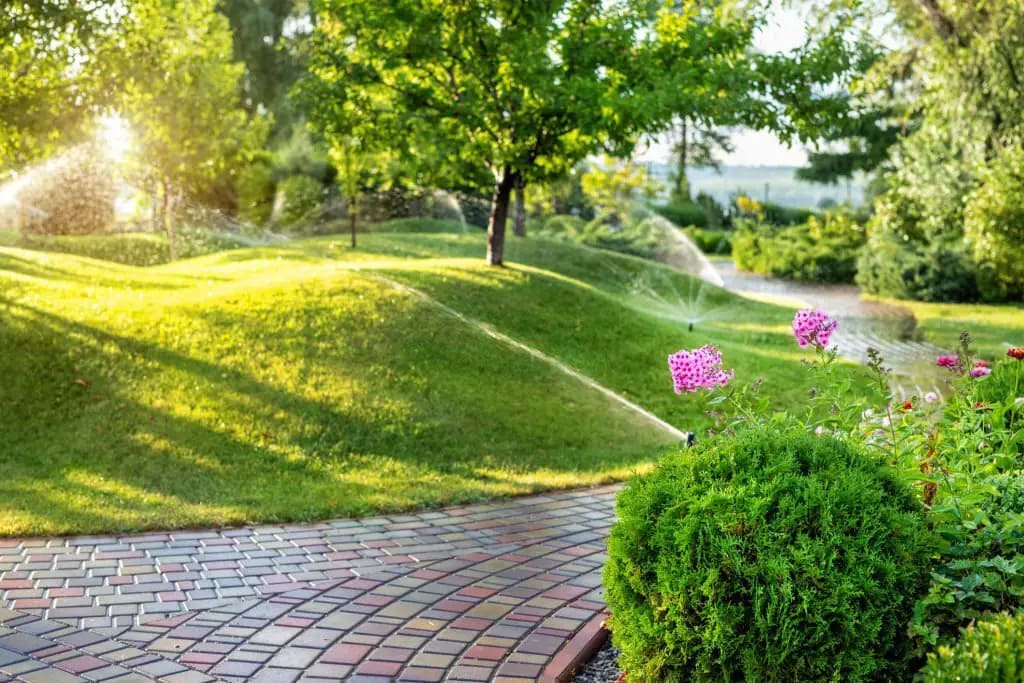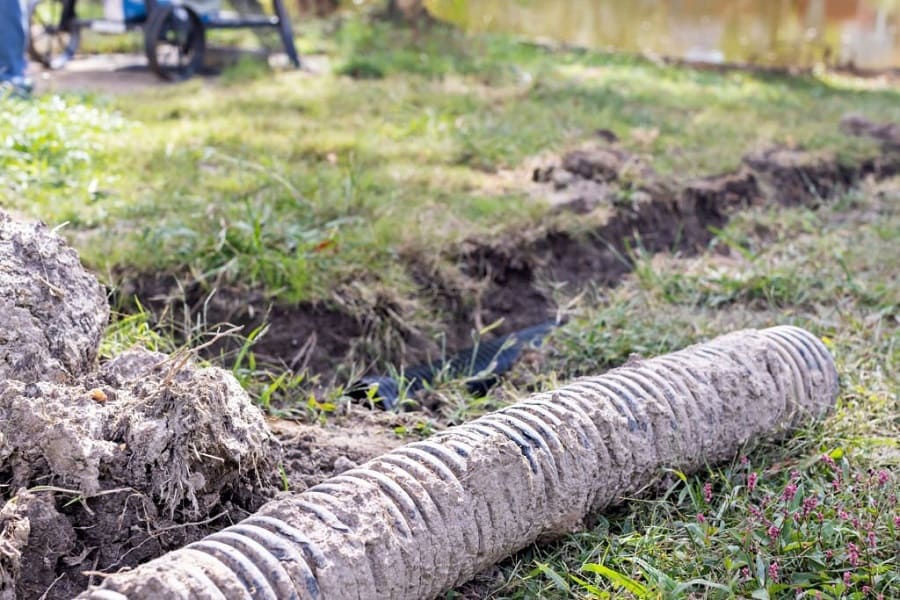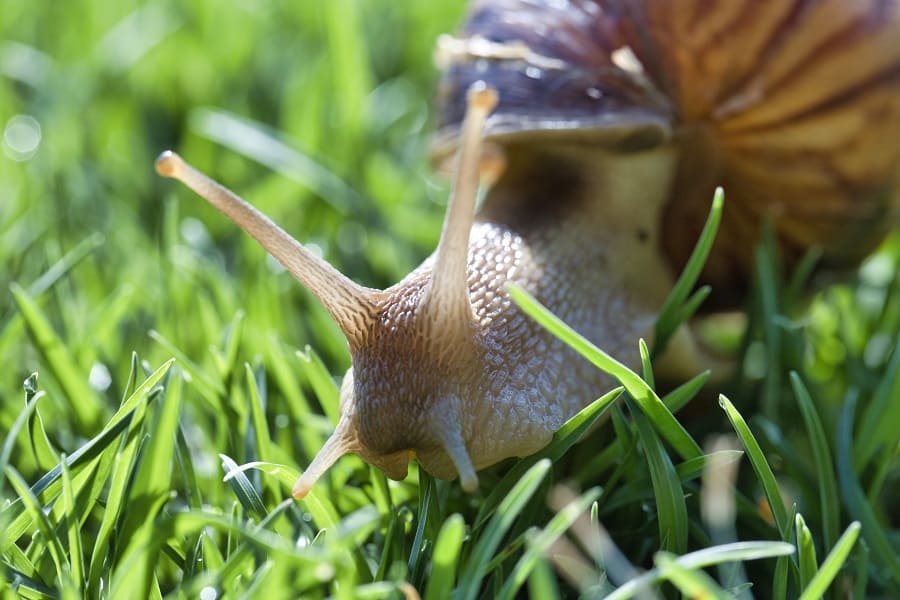If you battled crabgrass this past summer, you’re not alone. Many Ohio homeowners spend hours trying to keep this aggressive weed from taking over their lawns, only to find it popping up in thin patches of turf and along sidewalks and driveways. Once it spreads, crabgrass can be difficult to control, which is why many people begin to wonder whether pre-emergent herbicides will make a difference the following year.
The short answer is yes, pre-emergent can be one of the most effective ways to manage crabgrass. However, it is not a silver bullet. To keep crabgrass from overrunning your lawn, you need a combination of good timing, proper lawn care practices, and a bit of patience.
What Makes Crabgrass So Tough to Control
Crabgrass is an annual weed that thrives in hot, dry weather and bare soil. It starts as tiny seeds in the soil that germinate in the spring as temperatures rise. By mid-summer, it grows aggressively, forming wide clumps that choke out healthy grass. Because each plant produces thousands of seeds that remain in the soil for years, crabgrass tends to come back stronger when unchecked.
Once mature, crabgrass is extremely hard to eliminate. Post-emergent herbicides can help knock it back, but they rarely restore your lawn to full health. This is why pre-emergent prevention is so critical. Read also: Identifying the Most Common Lawn Weeds in Ohio
How Pre-Emergent Works
Pre-emergent herbicides form a protective barrier in the soil that prevents crabgrass seeds from sprouting. Instead of killing existing plants, they stop new growth before it even begins. When applied at the right time, pre-emergents drastically reduce the amount of crabgrass that appears during the summer.
But timing is everything. Apply too early and the treatment may break down before the seeds germinate. Apply too late and the crabgrass will already have started growing.
When to Apply Pre-Emergent
The best time to apply pre-emergent in Ohio is early spring, just before crabgrass seeds begin to germinate. A good rule of thumb is to apply when soil temperatures reach about 55° for several consecutive days. For many homeowners, this lines up with the period when forsythia bushes bloom or when you notice the first signs of consistent spring warmth.
Most pre-emergent products provide protection for about 8-12 weeks. If your lawn has a heavy crabgrass history, you may need a follow-up application later in the season to ensure coverage through summer.
Why Pre-Emergent Alone Is Not Enough
While pre-emergent is powerful, it cannot completely solve a crabgrass problem on its own. If your lawn is thin, compacted, or lacking nutrients, crabgrass will continue to find ways to sneak in. Healthy, dense turfgrass is the best defense against weeds.
Here are a few key practices to strengthen your lawn alongside pre-emergent treatments:
- Mow at the right height: Keeping your grass taller shades the soil, making it harder for crabgrass seeds to get the light needed to sprout.
- Water deeply but not too often: A strong root system helps grass outcompete weeds. Shallow, frequent watering favors crabgrass.
- Fertilize properly: Well-fed grass grows thicker and leaves less room for weeds.
- Aerate compacted soil: Loosen soil to allow air, water, and nutrients to reach the roots of your turf.
- Overseed bare spots: Crabgrass loves thin patches. Filling them in with grass seed keeps weeds from taking hold.
Common Questions Homeowners Ask
- Can I seed my lawn and use pre-emergent in the same season?
Usually, no. Pre-emergent prevents all seeds from germinating, including grass seed. If you plan to overseed, you will need to wait until the fall or choose a product specifically designed to allow seeding. - What if I already have crabgrass?
If crabgrass is actively growing, pre-emergent will not help. Post-emergent herbicides may control it, but it’s best to focus on prevention the following year. - Do I need to apply every year?
Crabgrass seeds remain viable in the soil for years, so annual treatments are necessary to keep it under control. - Will a thicker lawn really make a difference?
Pre-emergent helps prevent seeds from sprouting, but only dense, healthy turf can crowd out crabgrass long term.
A Longterm Strategy
Crabgrass control is about playing the long game. Pre-emergent is an important tool, but it works best when paired with consistent lawn care practices that improve turf health. With the right combination of prevention, timing, and maintenance, you can gradually reduce the amount of crabgrass that appears in your lawn each year.
If crabgrass feels like a losing battle, professional help may be the safest bet. Lawn care experts can apply the right products at the right time and design a customized plan that restores balance to your yard.
At Galena Lawn Care, we specialize in weed prevention and lawn health programs tailored to Ohio’s unique climate and soil conditions.
